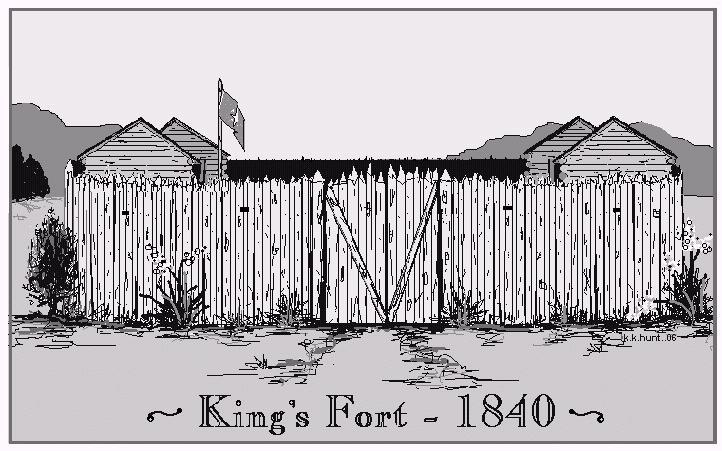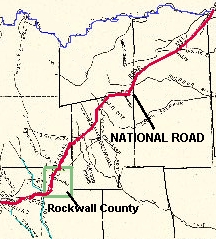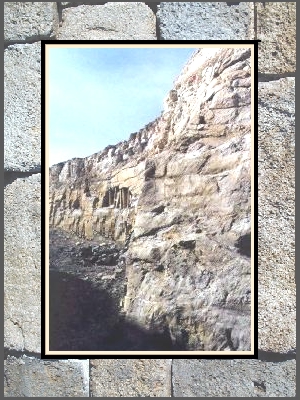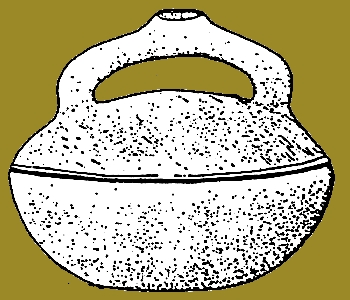
  |

Then you haven't read the History of Rockwall County !
Indian Raids ! Spaniards ! Murder ! Sam Houston !
But Most Importantly, the Mysterious Rockwall!

Rockwall's earliest Pioneers to settle here?
Indians - Murder - Exploration - Sam Houston & More !


received when they acquired their land in the Republic of Texas
This site is part of the TXGenWeb project and maintained by Jeff Lowe.
Content of this site has
been gathered from many sources and transcribed records.
Therefore, errors may occur. When in doubt as to the accuracy of
data contained herein, go to the actual records yourself.
If you find any inaccurate data, please let me know. The
information contained in this website is for your personal use
only. All pages, compilations, transcriptions and abstracts
are protected by copyright law and may not be published in whole
or in part without written consent of the author, contributor
and/or webmaster.
© Copyright 1996-2023 Rockwall County Coordinators for the TXGenWeb Project, All rights reserved. Contents my be used with electronic or written permission only.

